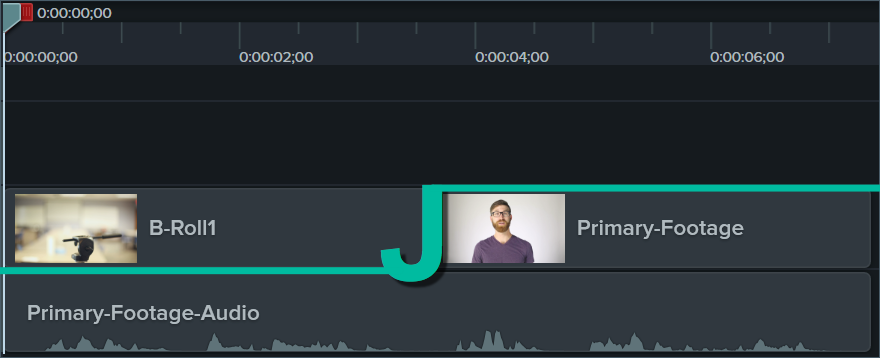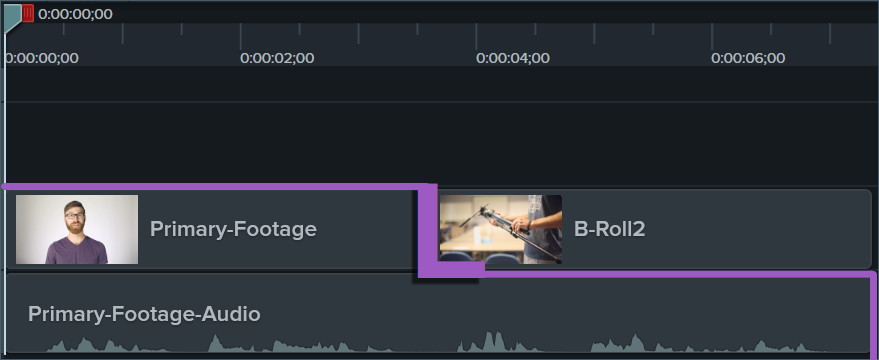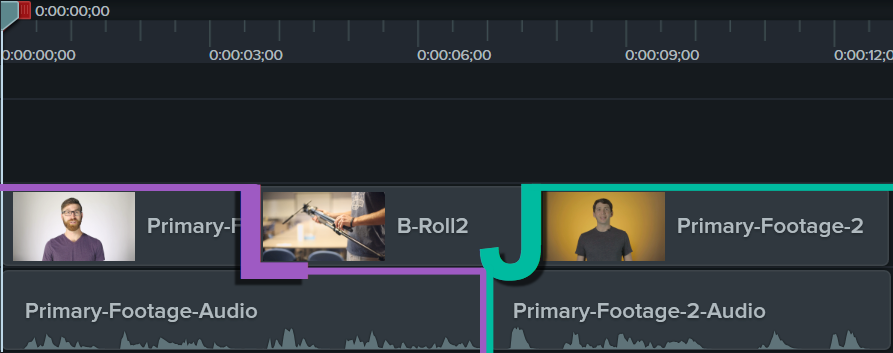- Big Close up: 2001: A space Odyssey (1968)

This big close-up shot from Kubrick’s ‘A Space Odyssey’ is used to effectively highlight Dave’s facial expressions, in addition to depicting tropes of the sci-fi genre; these tropes consist of the coloured lights crossing his face and the astronaut helmet. This fixation on expressing the character’s apprehensive and/or alarmed expression persuades the viewers to also believe these thoughts or wonder what is making Dave experience these thoughts in the first place.
2. Medium: Brokeback Mountain (2005)

The use of this medium shot highlights how close in proximity Ennis and Jack are to each other; this may also be used to show how close they’re relationship was becoming. This is a perfect shot type for this scene as it also demonstrates tropes of the western genre, including the costume and props.
3. Long: Do the Right Thing (1989)

The use of this long shot allows all characters within this scene to share the same amount of screen presence. It also creates symmetry between the two age groups of characters; this is both visually-pleasing and thought provoking for the viewers. It may reference deeper meanings such as the gap in respect/ interests between the two generations portrayed.





